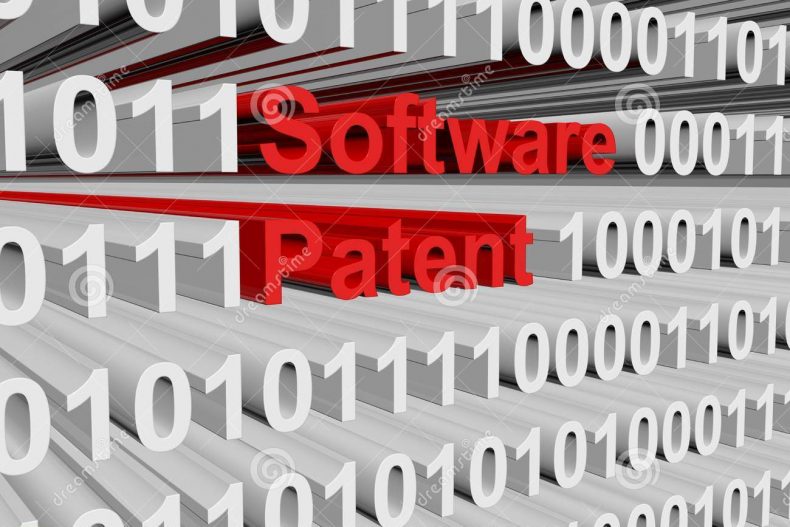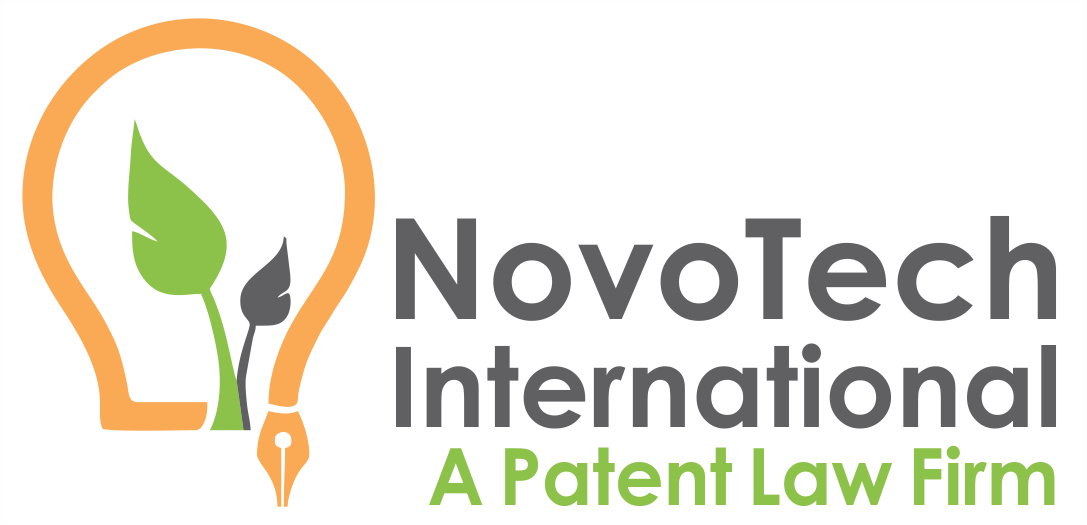
Software patent claims directed towards data transmission error checking are patent-eligible

On Nov. 15, 2019, the Federal Circuit reversed the decision of the District Court in Koninklijke KPN N.V. v. Gemalto M2M GMBH et al., addressing 35 USC § 101, ruling that the software patent claims directed towards data transmission error checking were patent-eligible.
KPN sued Gemalto for infringement of the U.S. Patent Number 6,212,662 (“the ‘662 Patent”). The ‘662 Patent is directed to an improved error detection system. It explains data physically transferred between a transmitter to a receiver is represented by binary code. This transfer of data is subject to various environmental factors that may physically alter the data in transit, altering binary values thereby introducing random errors in various blocks of the transferred data. “Check data” is commonly used to detect if any errors have been introduced during data transfer, by comparing a value representative of the data calculated before and after the data transfer.
Some environmental factors that introduce errors may be persistent, repeating the same error across multiple data blocks. These persistent “systematic errors,” undetectable by previous error detection systems as they generate the same check data regardless of the presence of errors, were the focus of the contested patent. The ‘662 Patent claimed to improve the ability to detect these systematic errors through varying the method by which the check data was generated.
The broadest appealed claim 2 recites:
2. A device for producing error checking based on original data provided in blocks with each block having plural bits in a particular ordered sequence, comprising:
a generating device configured to generate check data; and
a varying device configured to vary original data prior to supplying said original data to the generating device as varied data;
wherein said varying device includes a permutating device configured to perform a permutation of bit position relative to said particular ordered sequence for at least some of the bits in each of said blocks making up said original data without reordering any blocks of original data, and
wherein the varying device is further configured to modify the permutation in time.
Gemalto moved for judgment on the pleadings alleging all four claims of the ‘662 Patent are ineligible under 35 U.S.C. § 101 and therefore invalid. Following the two-step test for patent-eligible subject matter set in Alice Corp. v. CLS Bank International, the District Court found the claims of the ’662 Patent are directed to the “abstract idea of reordering data and generating additional data,” and containing no saving inventive concept as captured in the claims. KPN appealed. On appeal, the Federal Circuit reversed the lower court’s ruling, finding that the claims were not directed to an abstract idea in step one of Alice, and as such were patent eligible.
The Federal Circuit found that, as precedented in Finjan v. Blue Coat System, the claimed invention was directed to a non-abstract improvement because it provided a new methodology (of generating check data) that addressed situations not solved by prior art systems (the detection of persistent systematic errors). The Court noted, however, “a result, even an innovative result, is not itself patentable.” In accordance with this precedent, the Federal Circuit looked to the specific device to which the invention was directed in order to prove the claimed improvements. The Federal Circuit found that “the claims do not simply recite, without more, the mere desired result … but rather recite a specific solution for accomplishing that goal,” determining that claim 2, which recited the invention’s improvement to prior art systems by detecting persistent systematic errors, also declared a specific implementation, in the form of “in-time” variation of check data generation.
The Federal Circuit found that the appealed claims had a “sufficiently specific implementation … of an existing tool … that improves the functioning of the overall technological process,” and therefore were patent-eligible.
For more patent updates, feel free to sign up for our news letter.
Practice Notes: When drafting an application, keep the following do and don’ts in mind:
- Background:
- Do set forth prior art approach(es)
- Do set forth technical problem with those approach(es)
- Specification:
- Do identify each technical element
- Do separately discuss each technical element and its technical effect(s). Try to get into how
- Claims:
- Do clarify how elements of the claim interact meaningfully
- Don’t recite the technical advantages instead recite the technical element achieving that technical solution. Specially, do recite how the technical element/solution improves the function of the prior art systems.